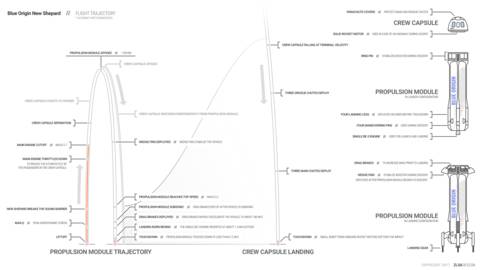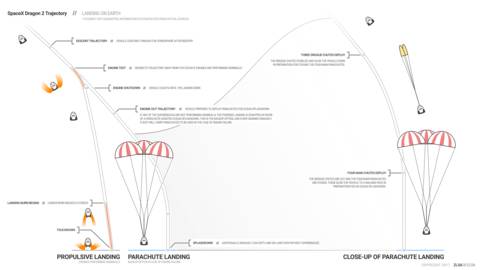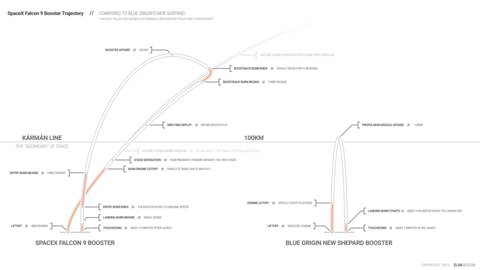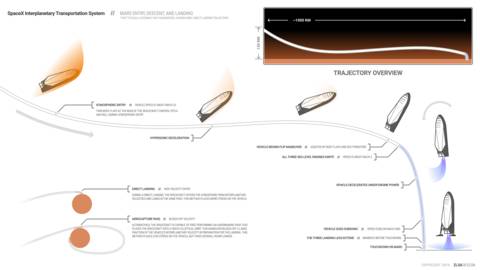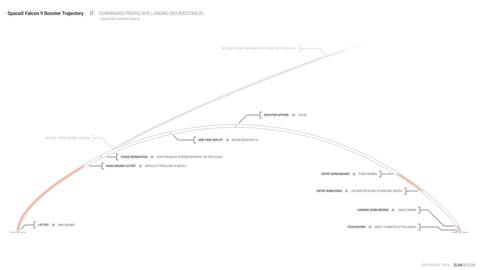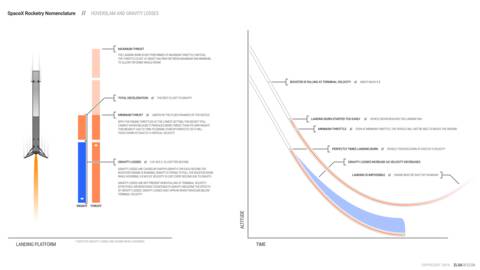infographic
Blue Origin New Glenn Landing (Draft)
 Direct link
Direct link
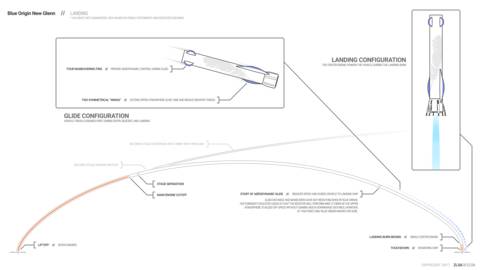
This is the approximate trajectory of the Blue Origin New Glenn booster during a launch.
The New Glenn booster will be recovered on every mission.
Read more (1 min)

